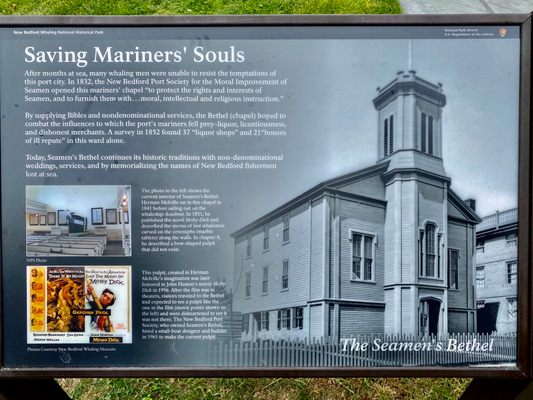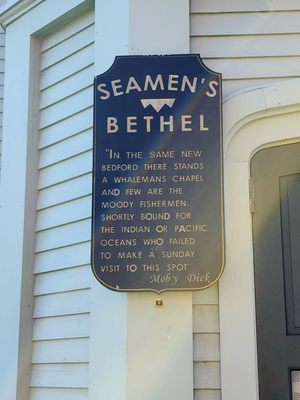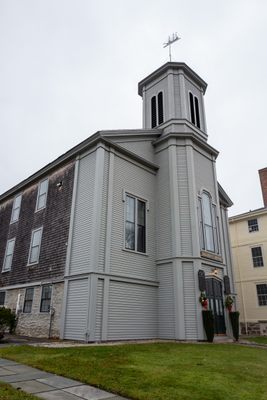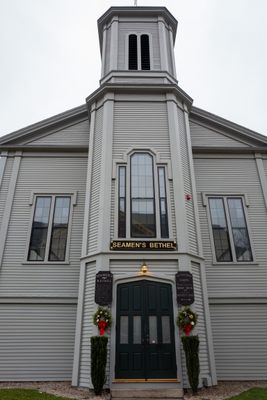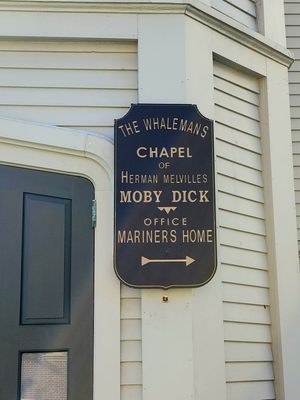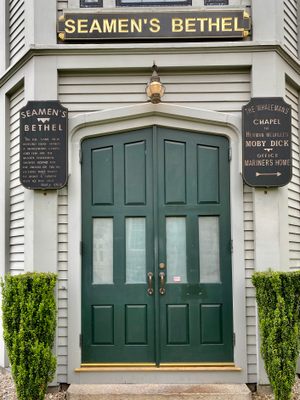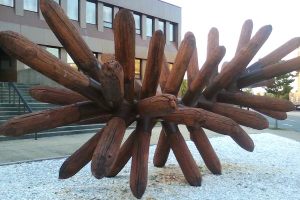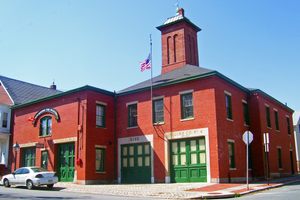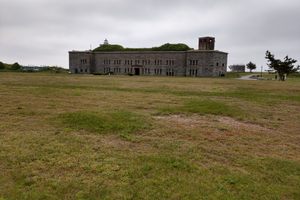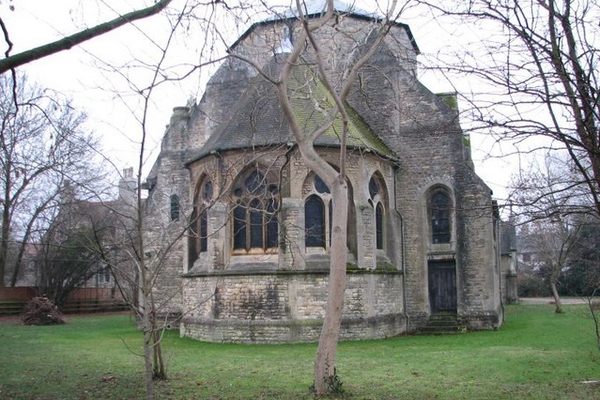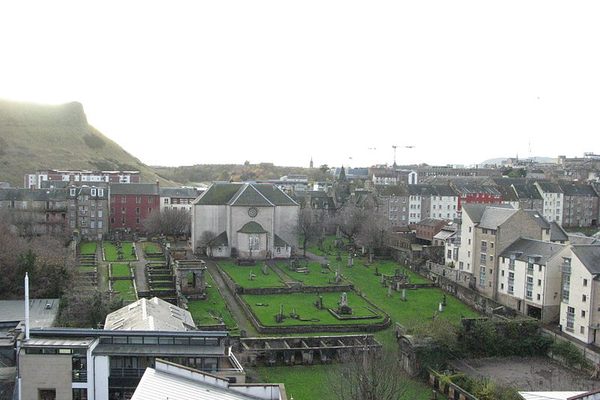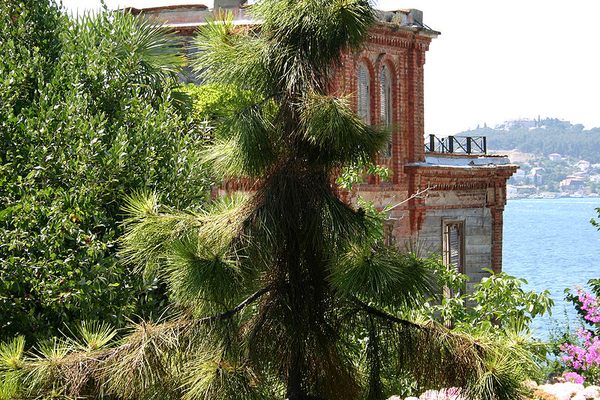About
New Bedford's Seaman's Bethel was built to bring a little morality to the rowdy sailors and whalers that were flocking to the town in the early 1800s, although it wasn't until a century later that it got its Moby Dick-inspired bow-shaped pulpit.
Originally built in 1832, the Seaman's Bethel was purpose built to bring a little God to otherwise morally questionable sailors. During the explosive growth of the whaling industry in the early 1800s, countless fishermen, sailors, whalers, and wandering journeymen flocked to the New England coast to get a piece of the action. In cities such as New Bedford, their number quickly came to outstrip the population of the citizenry, but their lifestyles were far from appealing to the locals. Looking to drink, gamble, and get up to dockside shenanigans while in port, the seamen soon put a moral fear in the upstanding New Bedford folks who decided that something must be done. The solution they arrived at was to minister non-denominational Christian services to the men both in the town hall and at the dockside. Looking to take a blessing where they could get it, many of the men took to the services, making their impromptu venues quickly untenable. And thus the Seaman's Bethel was born.
The simple church featured a simple, one-room chapel with unadorned pews and a simple pulpit. Soon it became traditional to stop into the church before setting out on a voyage, and the church became a well-known landmark among sailors coming to the city. However the church would truly became an icon when it was mentioned in Herman Melville's whaling epic, Moby Dick. Despite the church's simple design, Melville described a preacher sermonizing to a house of whalers from behind a pulpit shaped like the bow of a ship, creating a more lurid image that burned into the American consciousness.
It was not until the 1960s that the church lived up to its literary fame. The church was already a protected landmark by this point, but a bow-shaped pulpit was finally installed, bringing a little bit of fiction into the real world. Today the church still operates as a non-denominational house of worship although it sees more tourists than whalers.
Related Tags
Community Contributors
Added By
Published
December 9, 2014



